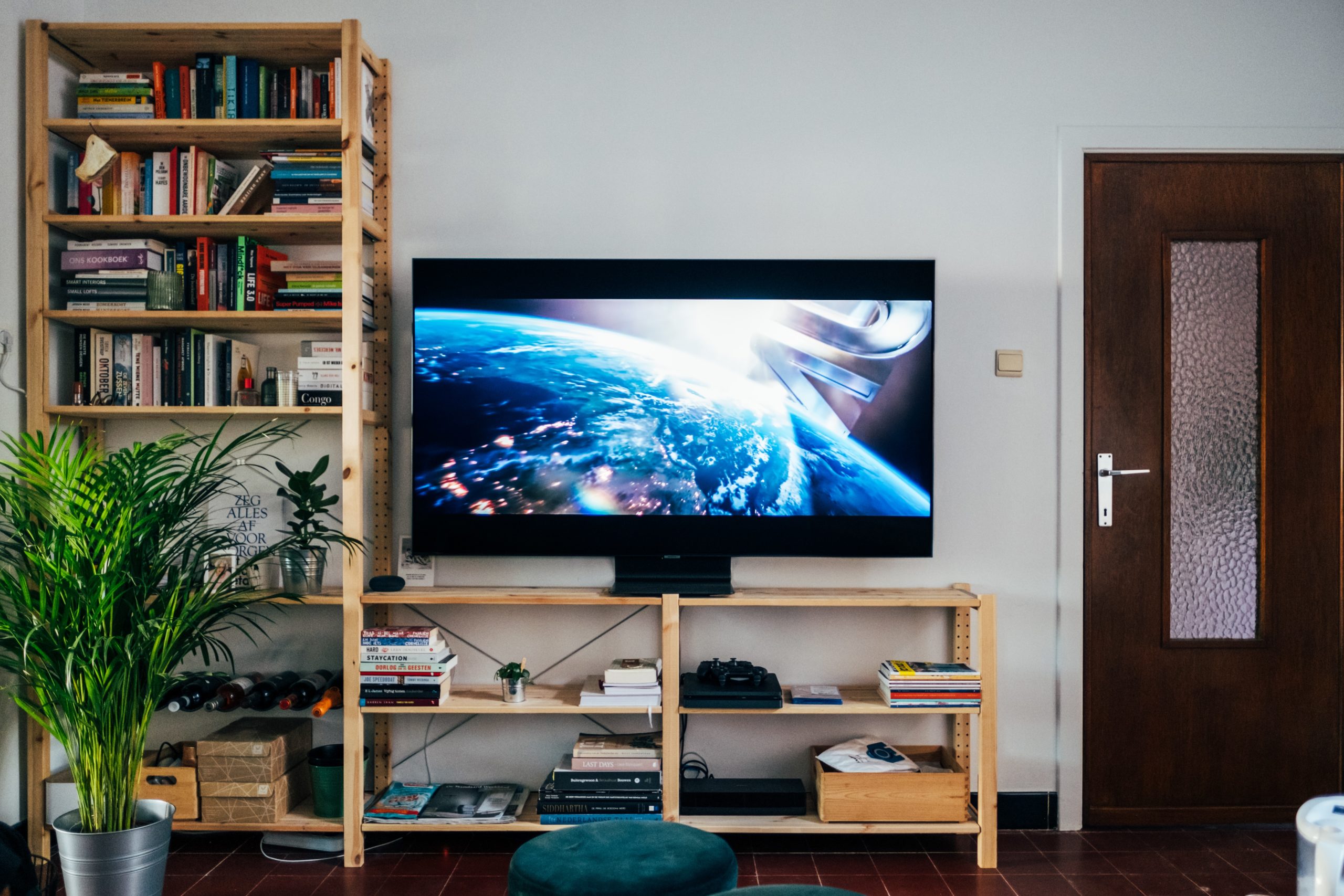
2020 Was The Year Linear TV Should've Seen Its Last Big Surge — It Didn't
We all know that for the past few years, viewership of traditional TV has been on the decline, while viewership of streaming video on Connected TV has been on the rise. However, when the pandemic hit in early 2020, most experts including eMarketer thought that we’d see 18+ viewers of traditional TV grow while everyone was stuck at home. Specifically, eMarketer predicted that we’d see 18+ viewers of traditional TV in the U.S. rise by 10 million, but instead it declined by 10 million.
The interesting thing is that the people who did stay with traditional TV increased their time with it. This seems like a good thing for traditional TV, but unfortunately what we have now is a lot of viewer hours on TV, but a smaller population to reach over those hours.
Unless you’ve been living under a rock, not much of this is breaking news to you. Most advertisers already know that traditional TV advertising is becoming a harder and harder way to get the reach and frequencies they need, which is why they’ve begun the shift into Connected TV advertising. They’ve not completely shifted budgets from TV to CTV yet, because TV still has great reach, but also because there are some challenges or perceived challenges of CTV advertising:
1) Challenge #1: Many of the top CTV services like Netflix are not ad-supported
This leaves lots and lots of small ad-supported services like Tubi TV, which may be great options, but may each represent 1%-2% of the viewing hours on CTV — this presents a challenge as agencies don’t want to necessarily go direct with every provider, so they work with a programmatic partner. But can a programmatic partner provide access to all of these smaller CTV players? Sometimes, yes, but here’s the catch. YouTube represents 42% of viewing time on CTV, something programmatic players can’t tap into the way a certified YouTube partner could.
TIP: If you’re working with programmatic providers that don’t access YouTube inventory, make sure you’re separately working with a YouTube Measurement Program partner that does.
2) Challenge #2: CTV platforms still lack a consistent way to measure
Traditional TV has long-accepted ways to measure results while the CTV industry still hasn’t quite landed on standardized measurement. This will slow the transition to CTV advertising.
TIP: For now, it’s best to create as close to apples-to-apples measurements of reach and views as possible, but also take advantage of the things you can get from CTV that you can’t get from traditional TV advertising:
- Targeting Based on Purchase Behavior: We help brands target their ads to users of Amazon Fire devices based on their purchase or search behavior on Amazon.
- Brand Lift: We help brands measure brand lift on YouTube and Roku campaigns.
- Tracking: We help YouTube on TV Screens advertisers track through to certain actions like web conversions or even revenue.
3) Challenge #3: Audience De-Duplication
This is a tough one. Right now if I run a campaign on YouTube TV and Hulu, it’s basically impossible to know which viewers I’m hitting multiple times. This is the tougher one and one that I know we’re working on at Pixability.
TIP: Work with a partner that can at least present side by side representations of campaign results from CTV campaigns within a unified dashboard.
When all was said and done in 2020, it was indeed a year of watching TV screens — but it was streaming OTT players, not the networks, that saw the growth. Now it’s just up to all of us to figure out how to make the big shift on the advertising side.